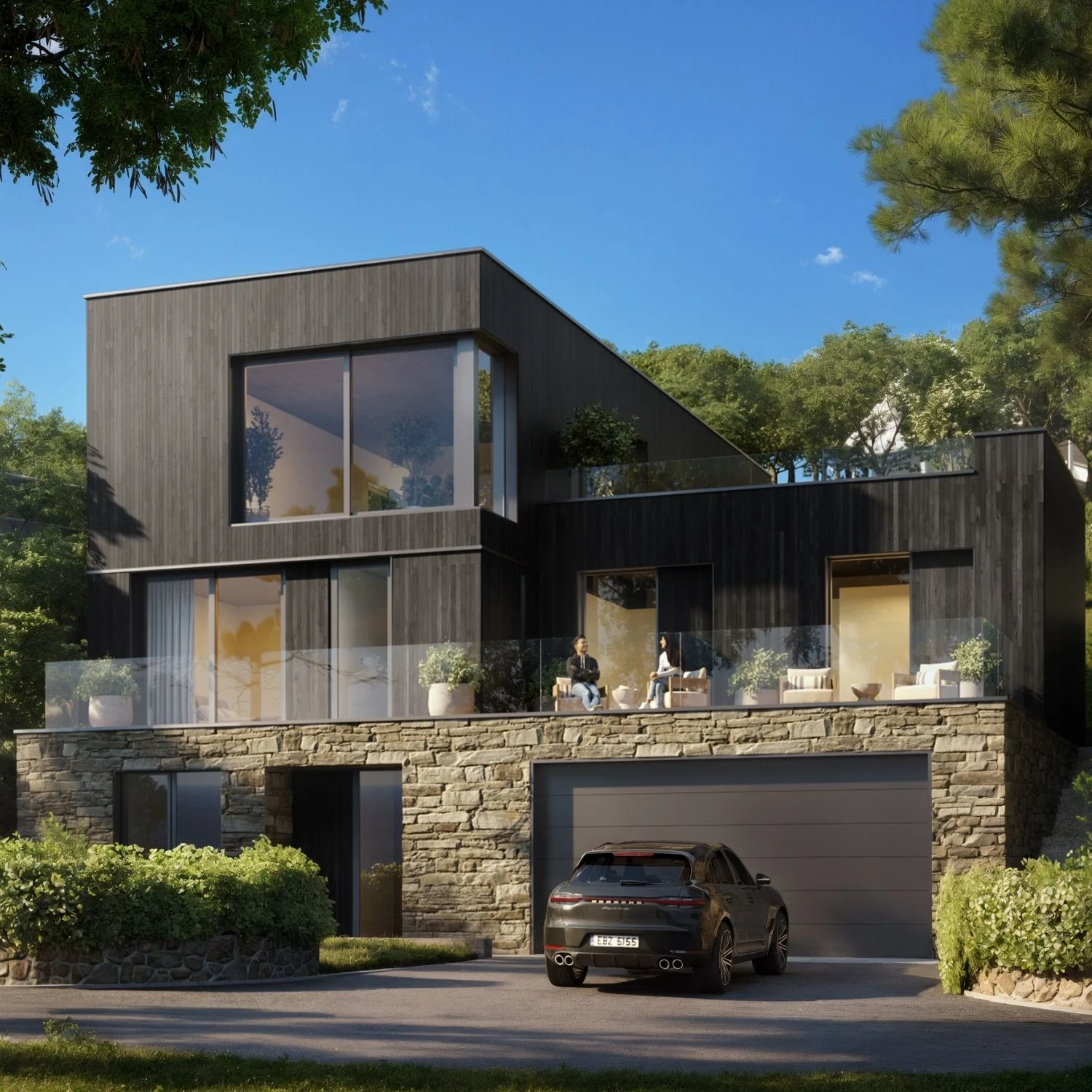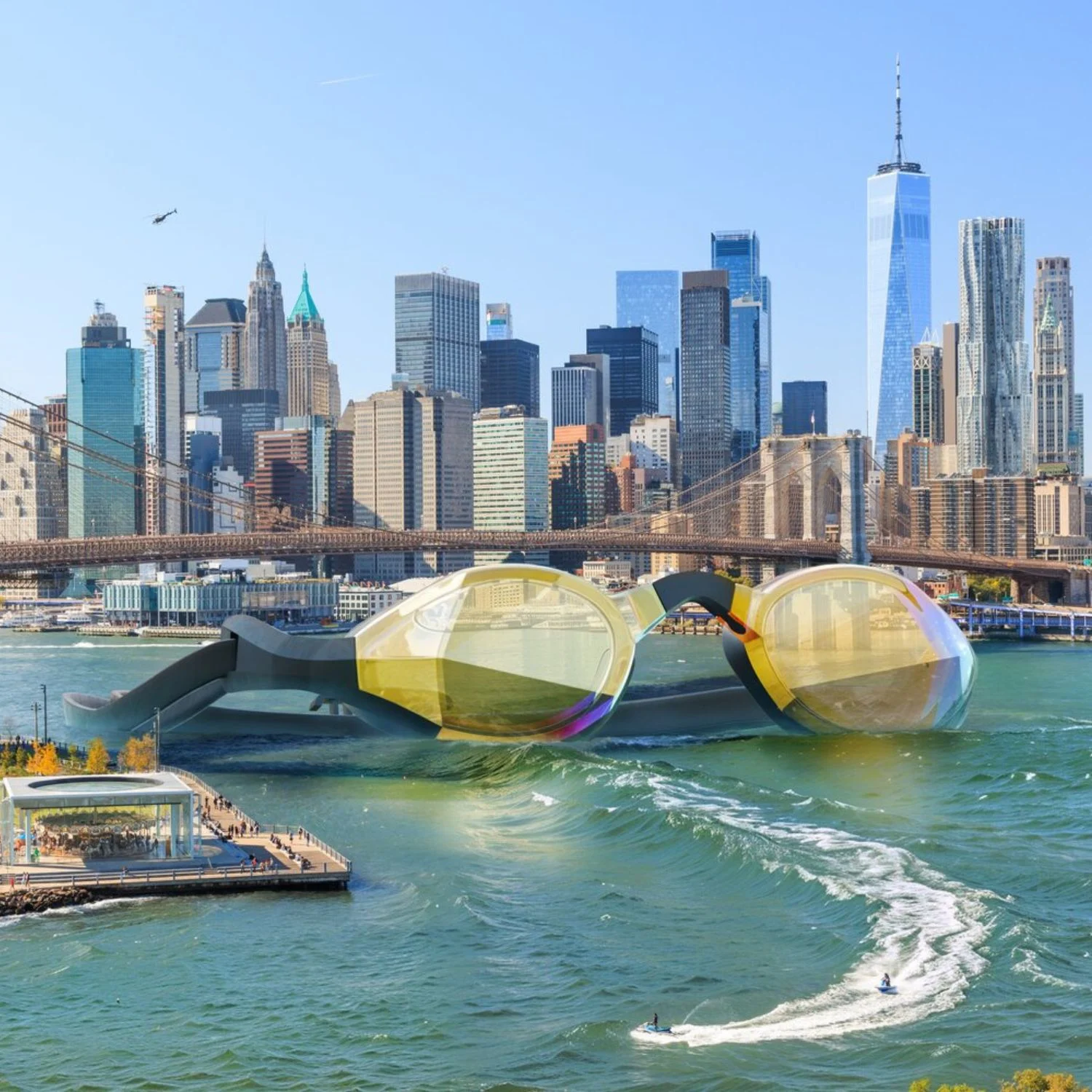Photorealistic 3D Rendering [Full Guide]
An in-depth guide about photorealistic 3D rendering: its importance, different types, how to create them, delivery time and price.
![Photorealistic 3D Rendering [Full Guide]](https://cdn.prod.website-files.com/64a483b190bfff9cdf96e93b/65f94449dc04cb6fb9d4b3f0_5.webp)
3D renderings have revolutionized the way we approach product design, marketing, and interior and exterior design. The most common marketing methods included taking actual photographs and videos of a product or property until recently. Then, the digital revolution has commenced and brought severe competition to this style of advertising.
Now, the options are endless thanks to the quality, availability, and affordability of 3D product marketing and advertising. While it is amazing to have an option to create immersive visualizations that are extremely realistic and customizable, it’s still important to find a good team that uses industry-standard software and techniques to deliver these amazing results.
In this article, we’ll go in-depth about everything in regards to photorealistic 3D rendering. We’ll explore its importance and different types, but also discuss how to create them, how long the delivery takes, as well as their price. Before any further ado, let’s dive right in.
What Is Photorealistic 3D Rendering?
3D photorealistic rendering for homes is a type of digital rendering where the details are so crisp and realistic that it would be seemingly impossible to distinguish it from real life. If you printed a photorealistic 3D render and placed it next to a real-life photo, even experts would have to think hard before being able to conclude which one is real and which one is “fake”.
Expectedly, these types of 3D rendered images are commonly used in architectural visualization, real estate, interior design, product design & prototypes, as well as furniture catalogs.
Photorealistic rendering architecture is used to display how a house or a building will look like before the construction process starts. In real estate marketing, it’s commonly used to evoke certain emotions and add a dramatic effect to make the client more enticed with the listing. Lastly, when it comes to furniture renderings, most realistic 3D models showcase how certain pieces of furniture would look in different situations and environments.
In fact, most large companies’ catalogs actually contain photorealistic 3D rendering instead of actual product photographs.

Why Is Photorealism Important in 3D Rendering?
Regardless of whether we’re discussing photorealistic 3D rendering or regular photo rendering, the fact of the matter is that rendering itself has become a crucial technique in today’s world of product marketing, real estate, and business promotion. The main reason for it is that these fields require crisp, high-quality images, which is the whole purpose of 3D photorealism.
Not only that, but 3D renderings are a much cheaper alternative compared to traditional photography. Photography is expensive and much more time-consuming because it requires props, staging up the space, editing, and a whole team of people to make it work. Renderings, on the other hand, only require rendering software and an expert. That’s why more and more businesses and companies are opting for realistic product rendering instead of photography.
3D Render Types
Because 3D renders are so convenient, there are many different types and applications. In this section, we’ll discuss the 5 most common 3D render types, which include the following:
Realistic Interior Design Rendering
Interior design is one of the most important parts of selling a home. Even in traditional real estate, house staging is something that is a common practice. This includes renting out the furniture and staging it up so that any potential homeowners would be able to visualize the space better and imagine themselves actually living inside that home.
That is precisely why using correct interior design techniques, and styles is crucial for any selling process. Well, interior 3D rendering is like house staging on steroids – it also allows you to decorate the space with furniture and accents, but it can also give you a plethora of other options like changing the wall colors.
Plus, it’s much more flexible because you can change different options and styles on the spot, enabling you to quickly test different combinations without breaking a bank. So, in the battle of virtual staging vs. real staging, photorealistic virtual staging always takes the win.
Virtual Home Tours
The same goes for virtual home tours, except that this is slowly overtaking other render types as the most immersive and high-quality home tour experience. It lets you showcase a home or a property in a 360 view. Obviously, this particular type is most present in architecture and real estate.
This render type isn’t only used for marketing, though. It’s also a great way to double-check all measurements and details pre-construction in order to avoid any potential mistakes and mishaps that can be very expensive.
Realistic Exterior Home Rendering
Exterior renderings are probably one of the most common and widely used types of 3D visualization. Many real estate agents and construction agencies swear by it, which is precisely why it deserves a spot on this list. This type is also often used in real estate and architecture because it helps with funding rounds by enabling the involved parties to dissect the whole project before giving it a final go.
It allows clients and investors a unique and immersive experience and total control over the project. You can showcase any idea from multiple angles, different hours of the day, and different settings. It’s much less time-consuming than making props, plus it’s also more eco-friendly.
3D Animation
Unlike other types of renderings, 3D animation is like watching a high-quality video instead. It’s very precise and detailed, allowing you to portray all important features in a single shot or frame. It’s also extremely useful in marketing and advertising, as it lets you combine different elements and options to create a unique experience for your customers. 3D animations tend to showcase different angles, spaces, details, as well as features of a desired product or property.
CG Panoramas
Lastly, we have CG panoramas that allow you to present anything in a 360-degree view. This is slowly emerging as one of the biggest trends in architecture and real estate. Clients are able to move around and view the whole property with a couple of clicks, and by implementing them into your strategy, your business presentations will never be the same.
What Is a Photorealistic Render For?
Photorealistic 3D rendering has a wide set of applications thanks to its customizability and cost-effectiveness. Below, you’ll find some of the most common ways photorealistic renderings can help your business efforts:
- Selling projects – a photorealistic render has the power to convince any client into buying or investing in your property. It has an emotional effect on clients, enabling them to connect with the property or product in a way that other techniques simply can’t do.
- Winning competitions – if you’re someone who’s into architectural competitions, then photorealistic renders can help you win that prize and impress the jury.
- Growing your business – because this type of rendering is so attractive and offers a unique insight into the project, it’s going to help with scoring more clients and investors and consequently improving your sales.
- Social media marketing – lastly, you can also implement them into your social media marketing strategy. Beautiful and jaw-dropping designs are very shareable, so posting your renders online can score more followers, improve your engagement, and attract even more clients.

What Is the Process and the Criteria of Creating a Photorealistic Render?
So, if you were wondering how to make 3D renders that are photorealistic, you came to the right place. Below, we’ll give a brief explanation of each stage and discuss some 3D rendering best practices, so make sure to take notes and read carefully.
3D Model Creation
Obviously, the first thing you need is high-quality photorealistic 3D rendering software. Our top picks include Autocad, 3ds Max, Revit, Sketchup, Blender, Archicad, and Vectorworks. Artists first create high-poly props and assets, which allows them to construct a detailed 3D model. The file is usually very heavy, which is expected due to the complexity and great attention to detail.
3D Lighting Techniques
Once the artist sets up the model, the next step is to play around with the lighting. This is one of the most important phases in any production process as it can highly impact the final result, both positively or negatively (if not done properly). If there are any specific requests by the client, that is a great place to start.
You can use a basic illumination setup like direct and global illumination (sun and sky), or use HDRI lighting instead, which is awesome for conveying a specific mood or season. You need a rendering engine like Corona, Vray, or Octane Render to play around with illumination.
Materials and Textures
The next step is to add materials and textures in order to brighten up the space and breathe some life into it. You can opt for PBR materials that can be rendered by the agency or downloaded from various galleries and aggregators. Then, you render the whole design and wait for the software to finish the process.
Post-Production
Post-production is reserved for making any changes and tweaks suggested by the client or architect. You can also add other elements like trees and people to make everything seem even more realistic.

What Is the Delivery Time of a Render?
Photorealistic 3D rendering delivery time depends on a plethora of factors, such as the expertise of your visualization team and the complexity of the project. To make things easier, we’ve extracted some industry averages and divided them into a couple of categories by the complexity of the project. Here’s how much it would likely take for the project to be complete:
- Small room 1 view – 1-2 days
- Room 3-4 views – 3-4 days
- Big living room – 3-5 days
- Commercial projects – 3-15 days
- Small building 1 view – 1-2 days
- Regular house – 2-4 days
- Tall buildings – 3-15 days
- City – 15 days or more
How Much Do Photorealistic 3D Renderings Cost?
Photorealistic 3D rendering costs can vary, depending on your location, needs, and the complexity of the project. However, we can certainly discuss some industry averages in order to paint a better picture of what to expect when receiving a quote.
Most visualization studios across the globe fall within the $450-$800 per view price range, and they usually complete the project within a week, usually even less than a week. However, more complex projects that are time-consuming, require a hands-on approach and a large team can cost anywhere from $500 to $5000. The cost usually depends on the agency, their reputation, and the quality of software, so the best way to find out the potential cost is to request a free quote.

Conclusion
Photorealistic product rendering and house rendering are a great way to market your services and crush the competition. Creating photorealistic designs and hiring the right team can seem tricky, but by following our tips above, you’ll have no doubts about integrating it into your marketing strategy.
Most companies tend to outsource 3D rendering services, so if you’re on the lookout for a reliable team of industry experts, PIXREADY is at your service. Our team is eager to make your wildest photorealistic needs and ideas a reality. Get a free quote by clicking on the button below, and let our experts take the wheel and provide you with jaw-dropping, hyperrealistic results.
.png)
Founded by a group of technology, architecture, and design professionals in 2018, PIXREADY is one of the challengers empowering the 3D visualization industry and making its products and services more affordable.We are determined to assist businesses around the world to create photorealistic images of their products and ideas and enrich the experience of their clients. We focus on the details, with the highest precision in every pixel.
Latest Posts
STAY UPDATED
Get occasional emails with 3D visualization news and insights
.webp)

